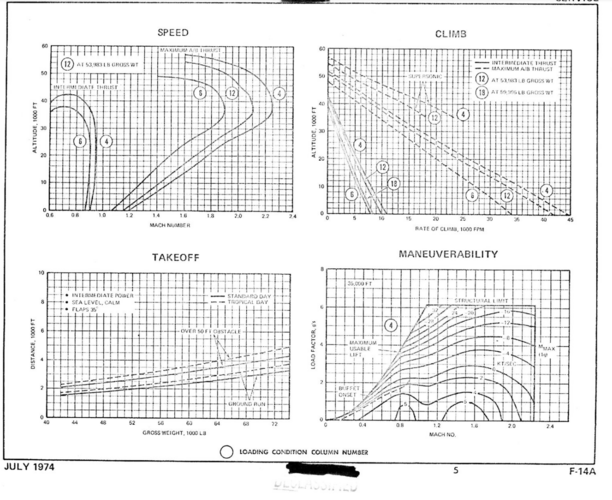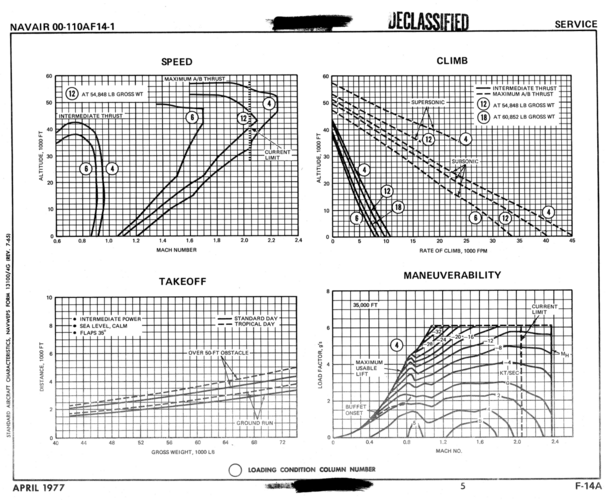That's not what I've seen. From the APL histories, it came down to the failure of SPS-59. The radar was very complex, hard to build, very hard to program, not very reliable, and suffered so much internal signal loss that it had an inadequate range.
The Typhon LR missile worked (it flew 10 times in 1961-62) but without SPG-59, the existing fleet radars could not take advantage of its range. Given that it was meant as a bomber-killer, high-g maneuvering wasn't critical, but the configuration did evolve to keep the air flowing into the ramjet at high AOA.


